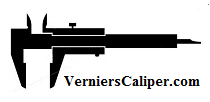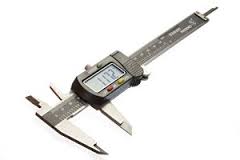Pierre Vernier, a Frenchman, invented the vernier caliper in 1631 as a tool for taking extremely precise linear measurements. It has two graduated scales: the vernier, a specifically graduated auxiliary scale that slides parallel to the main scale and allows readings to be made down to a fraction of a division on the main scale, and a main scale that is very similar to that on a ruler.
We are aware that the primary function of Vernier Calipers is to measure the distance between two surfaces that are on opposite sides. Accurate measurements can be made of an object’s internal and external dimensions, as well as its height. Up to one hundredth of a millimeter can be measured using it.
Vernier calipers can measure an object’s breadth and diameter with extreme precision and accuracy. Scientists, surveyors, and navigators all utilize the instrument to make their measurements more accurate. The upper and lower jaws of this device are two separate sets. The main scale, vernier scale, depth rod, and screw clamp are further components of a vernier caliper.
There are two jaws on a vernier caliper. While the smaller one measures the internal diameter, the larger one tightens around the object to measure its distance. Adjust the object’s position, then tighten the screws. Read the Main scale using the Zero of the Sliding Scale, In order to know whole and decimal numbers, one uses the primary scale.
Vernier calipers are frequently used for quality control measures in industrial and scientific facilities. Vernier Calipers have the following three main applications: It is employed to gauge a tube’s or cylinder’s inside diameter. It is helpful for determining an object’s length.
Measuring diameter of circular objects is the main use of a vernier caliper.

